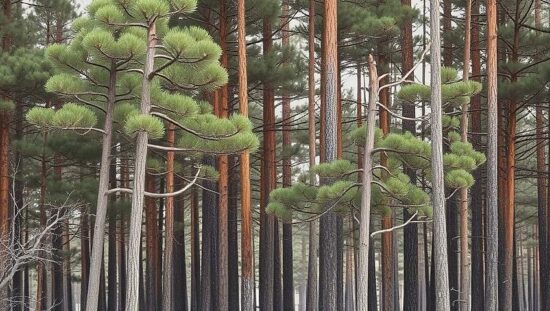A prolonged period of heatwaves and drought, beginning in 2018, has significantly damaged a pine forest in Hartheim am Rhein, according to a recent study by researchers at the University of Freiburg. The investigation reveals that over 60% of the pine trees have died, transforming the forest from a carbon sink into a carbon source – now releasing more CO2 than it absorbs.
The study draws on decades of long-term data collected from an experimental forest continuously monitored by the University of Freiburg. Researchers integrated satellite imagery and climate data with ecological measurements to assess the forest’s health and carbon cycle. The findings indicate that while deciduous trees like hornbeam and linden are gradually replacing the dead pines, they have not yet compensated for the loss of the forest’s carbon storage capacity.
During the years 2019 to 2023, the forest released significant amounts of carbon, particularly during periods of intense heat and drought. In 2022, this release reached as high as 329 grams per square meter. Scientists caution that widespread occurrence of such shifts in forest ecosystems could potentially exacerbate the climate crisis.





